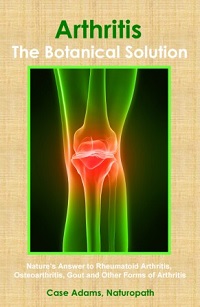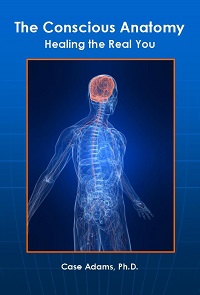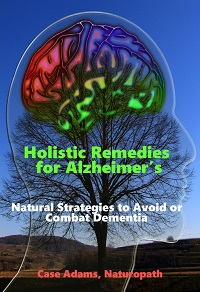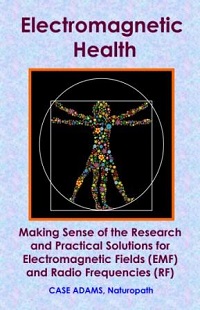Speed of Processing Brain Training Reduces Dementia Risk
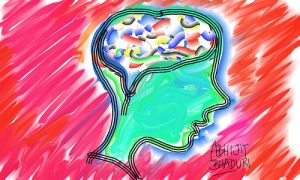
Painting by Abhijit Bhaduri
There are a bunch of different computer brain training courses out there that pitch they can reduce dementia risk. Can brain training really stave off dementia and Alzheimer’s disease? This question has been posed variously over the past couple of decades. With Alzheimer’s disease running rampant among aging generations, researchers, doctors and anyone over 50 are asking this question.
The answers have varied, depending upon the source and the date of the source. A decade ago the answer from everyone was most certainly.
And initial testing – depending on the program – showed immediate cognitive benefits: Emphasis on immediate.
But the question soon became – are there lasting benefits to cognitive training?
In this article
Cognitive activity and dementia progression
In 2007, a study from Chicago’s Rush University Medical Center, led by Robert Wilson, PhD and associates, studied 700 older people for up to five years. The researchers rated their cognitive activity on annual examinations.
After they died, the researchers tested their brains for Alzheimer’s beta-amyloid brain plaque or Lewy bodies or cerebral blockages. They also assessed the patients for other forms of dementia as well as mild cognitive impairment through the years.
The researchers found that more frequent cognitive activity resulted in a 42 percent reduced incidence of Alzheimer’s disease. They also found that those with low cognitive activity had 2.6 times the incidence of AD. Increased cognitive activity also reduced mild cognitive impairment incidence.
This and similar studies seemed to assure others that brain training exercises would certainly stave off AD.
The researchers concluded:
“Level of cognitively stimulating activity in old age is related to risk of developing dementia.”
Cracks in the ice
Then in 2010, researchers started seeing cracks in the ice. Another study led by Dr. Wilson of Rush University followed 1,157 mature folks for about 11 years. Of the total population studied, 148 had Alzheimer’s disease and 395 had mild cognitive impairment.
The research found that cognitive activity reduces cognitive decline by a robust 52% for every one percent increase in cognitive activity. But this was only among those with no cognitive impairment.
But for those who had mild cognitive impairment, there was no improvement as a result of greater cognitive activity.
And for those who had Alzheimer’s disease, the study found for each one percent increase in cognitive activity, cognitive decline advanced by 42 percent.
Yes. Somehow, the increased cognitive training also advanced the Alzheimer’s patients’ rate of decline.
In these studies, cognitive activity was considered as activity related to lifestyle, but also included games and puzzles. For example, in this last study, cognitive activities included reading newspapers, magazines and books; playing games like cards, checkers, crosswords or other puzzles; or educational trips such as museum visits.
Mixed results on training exercises
The early assumption was that if cognitive activity decreases the risk of dementia, then brain training will surely help.
Not so fast. Other research has found little or no improvement among brain training exercises. The issue is long-term results. In the near term there might be some improvement just after completing the training. But few long-term effects have been found.
Illustrating the progression of the science, this past January, the Federal Trade Commission settled with Luma Labs – maker of Luminosity. The company elected to refund $2 million back to its subscribers, in response to a charge of deceptive advertising.
The point is that they made claims that brain training staves off Alzheimer’s and dementia, while little proof exists for such a claim.
“There’s little evidence that playing brain-training games improves overall cognitive ability.”
So said Peter V. Rabins, M.D., a professor at the University of Maryland and a director of geriatric psychiatry at Johns Hopkins University School of Medicine.
“When you use these games, you may see improvements in how well you play those games. Unfortunately, the benefit has not been shown to improve memory or thinking in general. This means that, at least as of now, the benefits will not generalize to other activities in your life.” “Spending even 100 hours playing brain games isn’t enough to build cognitive capacity,” Rabins adds.
In a study of 60 Alzheimer’s patients between 2004 and 2012, Spanish researchers found that only 52 percent of the responder group (a portion of the whole group) saw any improved cognitive performance. Many of the Alzheimer’s patients were non-responders, meaning they didn’t respond to the training at all. The researchers concluded that some Alzheimer’s patients will benefit from cognitive training while others won’t:
“The response to a cognitive stimulation treatment of some subjects over others is linked to cognitive and functional capacity. This research contributes to characterize the neuropsychological profile that differentiates subjects who respond better than others before and after the treatment. This should contribute to customize and optimize neuropsychological interventions in patients with AD.”
Brain training is not all alike
The mistake of many studies could be that not all brain training is alike. According to Jerri Edwards, PhD of the University of South Florida:
“The mistake some people make is thinking that all brain training is the same.”
While many forms of brain training have uncertain continuing benefits, the exception appears to be a particular type of training, called Speed of Processing Training — also called Useful Field of View training or UFOV.
The researchers conducted a meta-analysis review of more than 50 studies examining speed of processing training over extended periods. The study followed 2,832 people between 65 and 94 for an average of 10 years.
The researchers found that when 11 or more sessions of this training was completed, the risk of dementia was decreased by 48 percent over a 10 year period.
The risk of dementia was decreased by eight percent for every session of speed training completed.
“This highly specific exercise is designed to improve the speed and accuracy of visual attention or someone’s mental quickness,” says Dr. Edwards.
The training tests both reaction speed and accuracy. In one task, the person must identify an object at the center of a screen while locating a target. This may be a related object in peripheral vision. The task of locating the peripheral object improves as the training continues. Or the peripheral target might be surrounded by distracting objects. This forces the person to work harder to stay focused, according to Dr. Edwards.
In their study, those completing speed of processing training had improved performance across cognitive, behavioral, functional and real-world measurements. These included improvements in attention, moods, quality of life and function.
Some of the research showed that speed of processing training improved reaction time. While driving, the brain training yielded an extra 22 feet of stopping distance at 55 mph – and a 36 percent decrease in dangerous maneuvers.
“Some brain training does work, but not all of it,” Edwards concluded. “People should seek out training backed by multiple peer-reviewed studies. The meta-analysis of this particular speed of processing training shows it can improve how people function in their everyday lives.”
The speed of processing training (UFOV) program was developed by Karlene Ball, PhD, and Daniel Roenker, PhD at the University of Alabama Birmingham and Western Kentucky University. It is exclusively licensed to Posit Science Inc.
Discover: Posit Science visual training with UFOV
REFERENCES:
Martínez-Moreno M, Cerulla N, Chico G, Quintana M, Garolera M. Comparison of neuropsychological and functional outcomes in Alzheimer’s disease patients with good or bad response to a cognitive stimulation treatment: a retrospective analysis. Int Psychogeriatr. 2016 Aug 9:1-13.
Wilson RS, Scherr PA, Schneider JA, Tang Y, Bennett DA. Relation of cognitive activity to risk of developing Alzheimer disease. Neurology. 2007 Nov 13;69(20):1911-20.
Wilson RS, Barnes LL, Aggarwal NT, Boyle PA, Hebert LE, Mendes de Leon CF, Evans DA. Cognitive activity and the cognitive morbidity of Alzheimer’s disease. Neurology. 2010 Sep 14;75(11):990-6. doi: 10.1212/WNL.0b013e3181f25b5e.
Federal Trade Commission. Lumosity to Pay $2 Million to Settle FTC Deceptive Advertising Charges for Its “Brain Training” Program. Jan 4, 2016.
Hamilton A. Brain Training Reduces Dementia Risk Across 10 Years. American Psychological Association. August 4, 2016.
Edwards JD, et al. The ACTIVE Study: What We Have Learned and What is Next? APA. July 24, 2016. (PDF)


